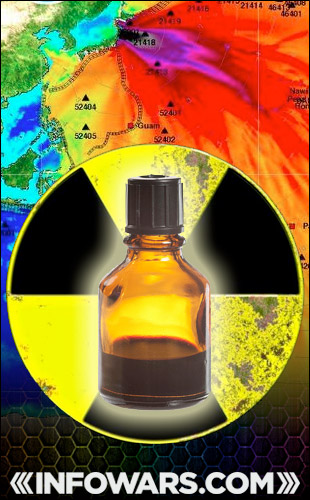http://www.infowars.com/now-disney-can-track-your-every-move-with-nsa-style-wristbands/
Posted via Blogaway
http://www.infowars.com/now-disney-can-track-your-every-move-with-nsa-style-wristbands/
http://www.infowars.com/did-north-koreas-kim-jong-un-feed-his-uncle-to-starving-dogs/
http://www.infowars.com/nsa-seeks-to-build-quantum-computer-that-could-crack-most-types-of-encryption/

“Governments usually respond to disasters very similarly; first move is to avoid panic,” writes The West Wire. “The Japanese didn’t want to panic the world, or tarnish their honor and now, as a consequence of their reluctance, Japanese citizens and international aid personal find themselves in a horrible state of being.”“Panic is usually avoided by keeping their citizens as blind to the truth as possible, until confrontation with the truth becomes inevitable. The crucial question at this juncture; “would our government be reluctant about warning us of potential disaster, in an attempt to avoid panic?” 14 million doses of Potassium Iodide say that might just be the case.”

Much more serious is the danger that the spent fuel rod pool at the top of the nuclear plant number four will collapse in a storm or an earthquake, or in a failed attempt to carefully remove each of the 1,535 rods and safely transport them to the commonAnd silently stockpiling iodine is certainly the way that The Department of Health and Human Services would prepare for such an event. As of this morning, a government source has told me that this purchase is indeed bizarre given the quantity and delivery time frame (requiring a whopping 14 million doses by February 1st), and it goes alongside preparations we have seen in the past where the official response will likelystorage pool 50 meters away. Conditions in the unit 4 pool, 100 feet from the ground, are perilous, and if any two of the rods touch it could cause a nuclear reaction that would be uncontrollable. The radiation emitted from all these rods, if they are not continually cool and kept separate, would require the evacuation of surrounding areas including Tokyo. Because of the radiation at the site the 6,375 rods in the common storage pool could not be continuously cooled; they would fission and all of humanity will be threatened, for thousands of years.